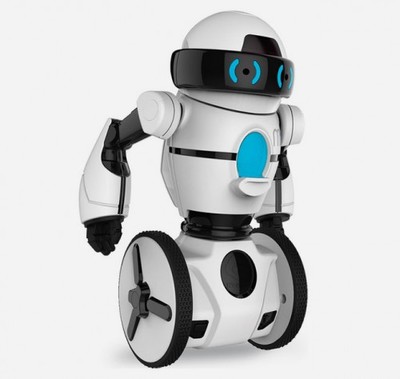
With the rapid development of science and technology, robots have taken on the role of right-hand men in many industries. Whether it is production on the industrial line, services in the consumer field, or companionship in daily life, robots are taking on more tasks and playing a more important role.
In order to enable the robot to complete the task efficiently and safely, the perceptual obstacle avoidance link is particularly critical. In fact, the variety and number of sensors used in traditional robots are already quite a few, and the key data provided by sensors are indispensable in pressure, temperature, speed, and so on. With the upgrading of robots, the ability of robot perception to avoid obstacles is becoming more and more important.
Realize robot autonomous perception and obstacle avoidance
The obstacle avoidance function of the robot is based on its ability to perceive the surrounding environment, which is reflected in the robot's ability to perceive and avoid obstacles when it moves autonomously through data processing and analysis. The perfection of this function is directly related to the operating efficiency and safety of the robot. A robot with efficient obstacle avoidance function can walk freely through various environments without human intervention, which not only greatly improves the work efficiency, but also significantly reduces the damage and failure that may be caused by collisions, ensuring the long life operation of the robot.
Taking the industrial field as an example, there are many solutions for robot obstacle avoidance, including but not limited to ultrasonic obstacle avoidance, infrared obstacle avoidance, laser obstacle avoidance, visual obstacle avoidance, and so on. As we all know, ultrasonic and infrared solutions, the overall cost is relatively low, so it is also more used in industrial robots.
Ultrasonic obstacle avoidance has good recognition for solid obstacles and transparent surfaces, even in a smoke-filled environment, ultrasonic can still detect objects in the environment very well. The sensing response of infrared technology is fast, the cost is also very low, and now it has been able to effectively distinguish between the detection signal and the interference signal, and the shortcomings of nonlinearity and dependence on the reflectivity of the target have also made great progress than before.
Radar technology, as a cost-effective means of perception, has been mature enough and widely applicable in the detection, tracking and positioning functions, and is also widely used in robots. In robot applications, medium - and long-range radar is generally more common. Now millimeter wave radar sensing is also used in robot sensing obstacle avoidance. This perception is less affected by environmental conditions, and the effect is obvious in robot applications for outdoor mobility and black light automated factories.
In addition, its high precision and high resolution can make more dense point cloud detection of detected objects, and the collected point information density can provide high fidelity. Such clear obstacle avoidance data collection is a very important decision-making basis for mobile robots to avoid obstacles, and sufficient reliable data can also ensure the improvement of robot autonomy.
Laser chip used in robot obstacle avoidance
Laser obstacle avoidance, which is used very much in the field of robotics, although the cost will be slightly higher, it can achieve more accurate and more consistent obstacle avoidance effects, which can provide higher recognition and better consistency to the system. Both edge-emitting laser EEL and VCSEL have many applications.
EEL has more advantages in terms of high power density and high pulse power, and this light source technology is also stable under ambient light with slightly poor temperature drift. The VCSEL is also stable in ambient light, more stable in temperature drift, and is characterized by high power scalability, can be used in different power levels of the device, in addition to its beam quality is higher than EEL.
Laser technology has brought high added value to the perceptual obstacle avoidance design, and the more uniform light spot of laser technology makes the image quality higher; The extremely narrow spectral bandwidth makes it more stable under ambient light and less temperature drift; More stable characteristics at high temperatures, suitable for more application scenarios; The bandwidth of high-speed switching provides a higher design ceiling, which can support high-frequency debugging, most typical of ToF applications.
In Lidar many technical routes, each light source has its appropriate application scenario, in addition to considering the characteristics and basic requirements of Lidar, but also from the needs of users, the first thing to consider is what kind of Lidar different robots need, as well as scanning methods from mechanical rotation to MEMS and then to all-solid state considerations.
Brief summary
The robot's perception and obstacle avoidance ability is the core competitiveness, in which each function such as perception, positioning, mapping, navigation, identification and obstacle avoidance cannot be separated from accurate environmental data collection. Many sensors provide the robot system with as detailed environmental data as possible, and in the future, these sensors will be further integrated and combined with ML reasoning to achieve deep environmental analysis, and the robot will also reach the intelligence level of real-time perception of any target around.
The Products You May Be Interested In
 |
TPCM-2.4-5 | CMC 2.41MH 5A 2LN TH | 383 More on Order |
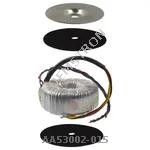 |
AA53002-015 | XFRMR TOROIDAL 300VA CHAS MOUNT | 464 More on Order |
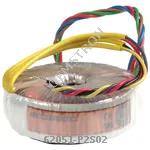 |
62051-P2S02 | XFRMR TOROIDAL 15VA CHAS MOUNT | 184 More on Order |
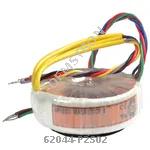 |
62044-P2S02 | XFRMR TOROIDAL 10VA CHAS MOUNT | 336 More on Order |
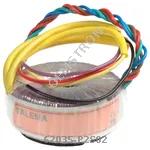 |
62035-P2S02 | XFRMR TOROIDAL 7VA CHAS MOUNT | 369 More on Order |
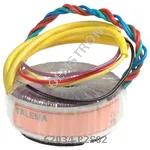 |
62034-P2S02 | XFRMR TOROIDAL 7VA CHAS MOUNT | 441 More on Order |
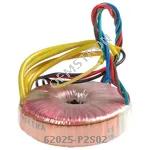 |
62025-P2S02 | XFRMR TOROIDAL 5VA CHAS MOUNT | 218 More on Order |
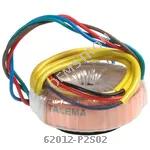 |
62012-P2S02 | XFRMR TOROIDAL 3.2VA CHAS MOUNT | 178 More on Order |
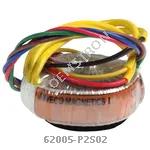 |
62005-P2S02 | XFRMR TOROIDAL 1.6VA CHAS MOUNT | 426 More on Order |
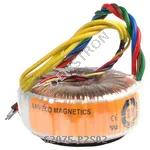 |
62075-P2S02 | XFRMR TOROIDAL 35VA CHAS MOUNT | 406 More on Order |
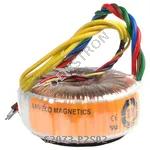 |
62073-P2S02 | XFRMR TOROIDAL 35VA CHAS MOUNT | 294 More on Order |
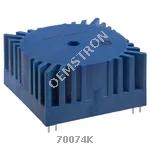 |
70074K | XFRMR TOROIDAL 35VA THRU HOLE | 380 More on Order |
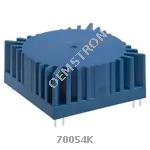 |
70054K | XFRMR TOROIDAL 15VA THRU HOLE | 262 More on Order |
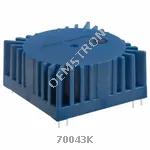 |
70043K | XFRMR TOROIDAL 10VA THRU HOLE | 309 More on Order |
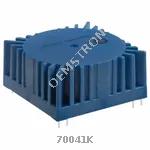 |
70041K | XFRMR TOROIDAL 10VA THRU HOLE | 157 More on Order |
 |
70024K | XFRMR TOROIDAL 5VA THRU HOLE | 486 More on Order |
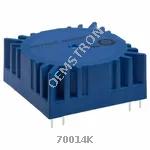 |
70014K | XFRMR TOROIDAL 3.2VA THRU HOLE | 309 More on Order |
 |
70013K | XFRMR TOROIDAL 3.2VA THRU HOLE | 244 More on Order |
 |
70002K | XFRMR TOROIDAL 1.6VA THRU HOLE | 280 More on Order |
 |
62015-P2S02 | XFRMR TOROIDAL 3.2VA CHAS MOUNT | 210 More on Order |
 |
70025K | XFRMR TOROIDAL 5VA THRU HOLE | 226 More on Order |
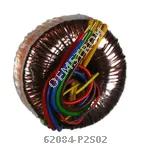 |
62084-P2S02 | XFRMR TOROIDAL 50VA CHAS MOUNT | 607 More on Order |
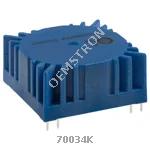 |
70034K | XFRMR TOROIDAL 7VA THRU HOLE | 674 More on Order |
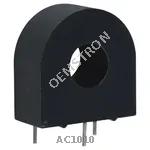 |
AC1010 | CURR SENSE XFMR 10A T/H | 254 More on Order |

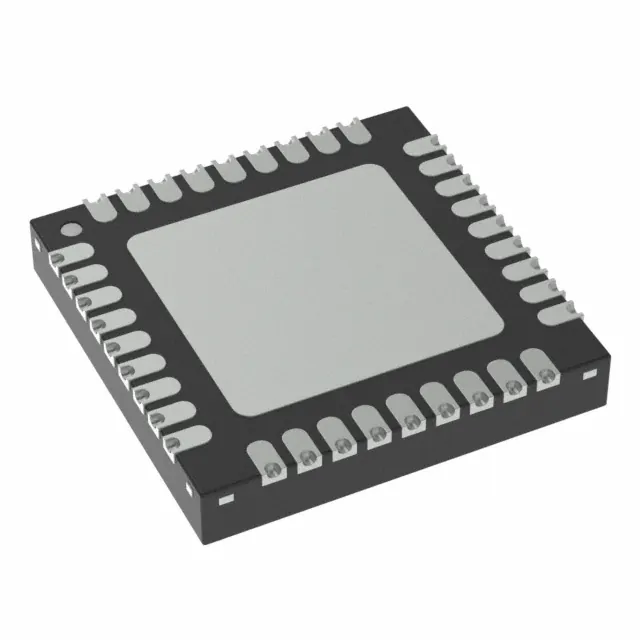 Semiconductors
Semiconductors









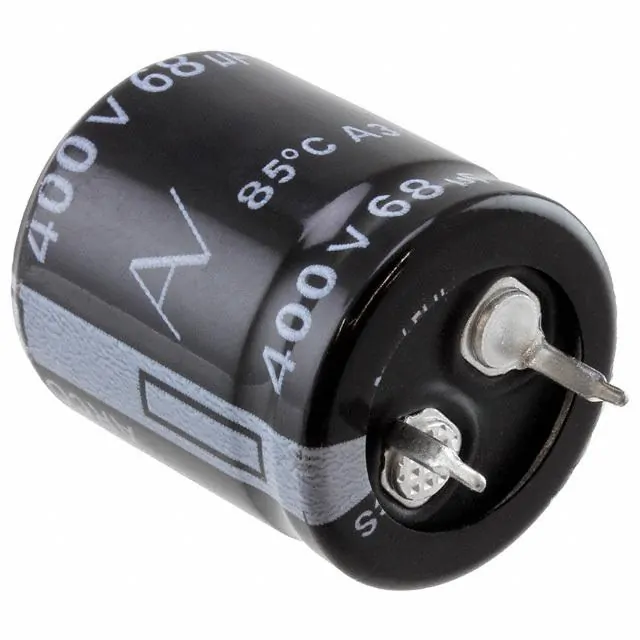 Passive Components
Passive Components









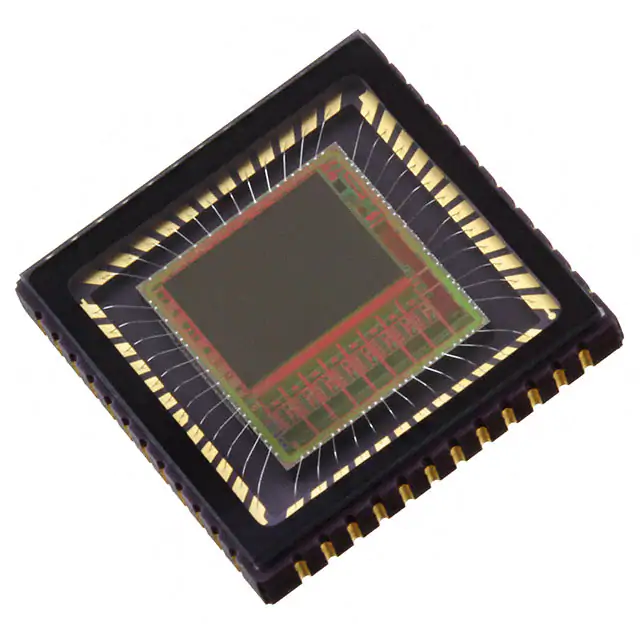 Sensors
Sensors








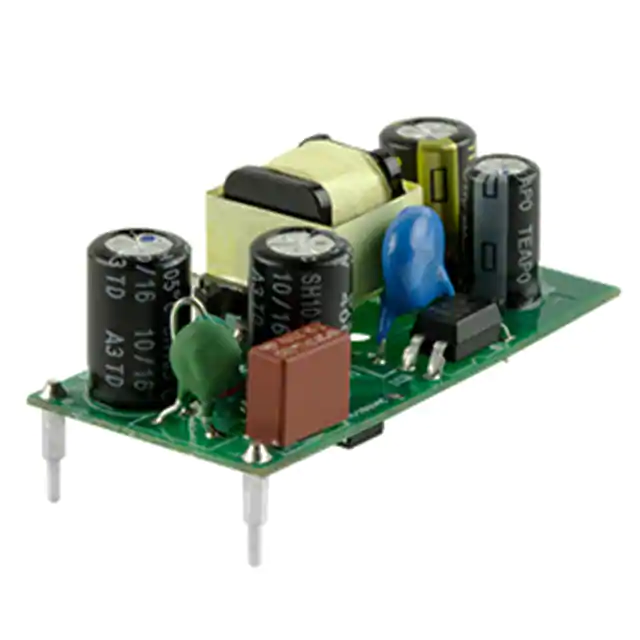 Power
Power









 Optoelectronics
Optoelectronics








